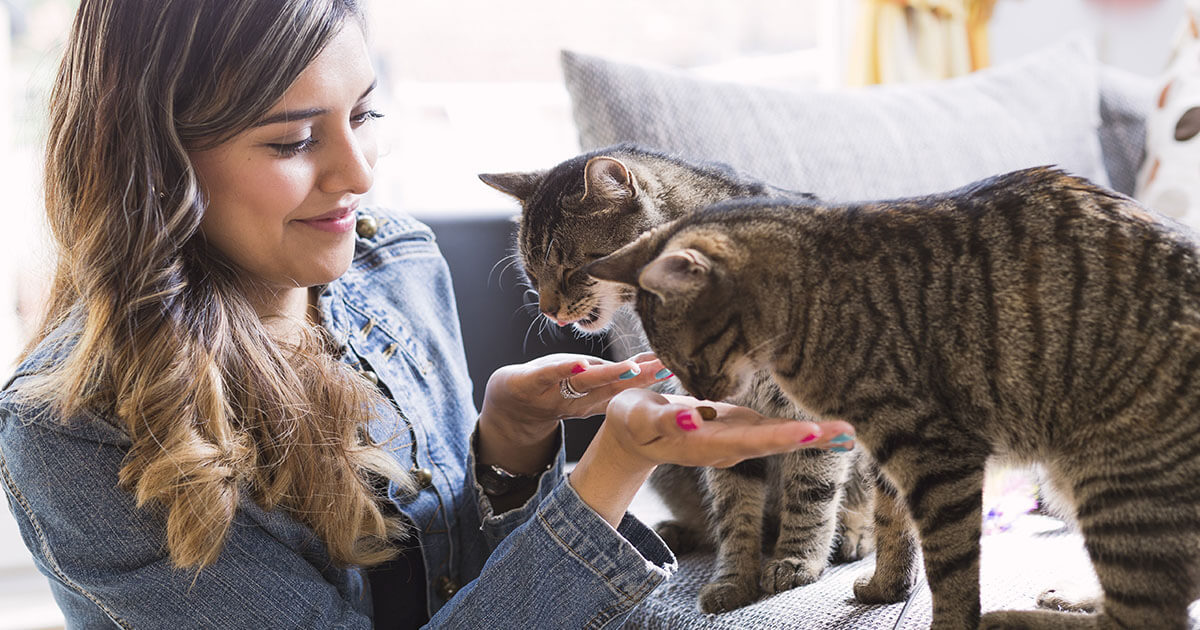Caring for Your Cat: Essential Tips Every Owner Should Know

Table of Contents
Owning a cat can be a delightful experience, as these unique animals bring companionship, warmth, and a touch of mystery into our lives. To ensure a cat thrives in a home environment, owners need to understand the basics of feline care. From diet and grooming to mental stimulation, knowing what your cat needs can lead to a happy, healthy pet.
Choosing the Right Nutrition
Nutrition is the cornerstone of a cat’s health. Cats are obligate carnivores, which means their diet primarily requires high-quality proteins derived from animal sources. It’s essential to provide your pet with food rich in taurine, an amino acid vital for heart and eye health. Avoid feeding human foods, as many common ingredients like onions, garlic, and chocolate are toxic to felines. High-quality commercial cat foods often provide the balanced nutrients they need, but for tailored guidance, consulting a veterinarian is ideal.
Grooming Essentials for Cats
While cats are known for self-grooming, regular grooming assistance from owners is beneficial. Brushing helps reduce shedding and prevents matting, especially in long-haired breeds. Regular grooming also helps minimize hairballs, which can become a digestive issue if not managed. Cats with thick coats may benefit from grooming sessions at least once or twice a week, while short-haired varieties generally require less frequent maintenance. Nail trimming is another essential task, ideally done every three to four weeks to prevent overgrowth and ensure the cat is comfortable and safe.
Understanding and Encouraging Exercise
Cats are natural hunters, and even domestic ones have a strong instinct to chase and pounce. To keep them physically active, interactive toys like feather wands or laser pointers are fantastic tools. Playtime encourages exercise and provides essential mental stimulation, preventing boredom and potential destructive behaviors. Setting aside 10-15 minutes each day to engage your cat in play can also strengthen the bond between pet and owner.
Creating a Safe Environment
A stable, secure environment is paramount to a cat’s comfort. Cats are territorial creatures and enjoy spaces that feel like their own. Providing a designated area with a cozy bed, scratching posts, and safe hiding spots can offer them a sense of safety. Vertical spaces, such as cat trees or shelves, allow cats to survey their surroundings and exercise their natural climbing instincts. Additionally, ensure that harmful household items, such as certain plants, cleaners, and medications, are kept out of reach.
Fostering Social Interaction
While some cats are more solitary, social interaction remains important for most felines. Early socialization is particularly beneficial in helping a cat feel comfortable around people, pets, and other animals. When introducing a new cat to a household, doing so gradually can help them acclimate and reduce stress. Respecting their boundaries and allowing them to approach on their own terms is key to building trust and creating a harmonious relationship.
Providing Regular Health Checkups
Routine veterinary checkups are essential for early detection and prevention of health issues. Annual visits are often recommended, though senior cats may benefit from more frequent exams. During these visits, veterinarians typically assess weight, dental health, and overall wellness. Vaccinations, flea prevention, and deworming are crucial, especially if a cat has outdoor access. Regular dental cleanings may also be necessary to prevent gum disease, which is a common issue in older cats.
Stimulating Mental Health and Reducing Stress
Mental stimulation is just as crucial as physical care in a cat’s life. Boredom can lead to stress and behavioral problems, so providing a variety of toys, puzzles, and activities is essential. Interactive feeders can challenge their problem-solving skills while mimicking natural hunting behaviors. Additionally, small changes, like rotating toys or moving furniture, can create new experiences within the home environment. Reducing sudden changes in routine, and maintaining a calm atmosphere can also greatly impact a cat’s emotional wellbeing.
Understanding and Respecting a Cat’s Boundaries
Each cat has a unique personality, and understanding their body language can improve the owner-pet relationship. Signs of discomfort, such as hissing, tail flicking, or flattened ears, indicate a need for space. Respecting these signals helps prevent stress and ensures the cat feels safe in its surroundings. Allowing cats to dictate the pace of interaction enables a healthier and more rewarding connection.
Litter Box Hygiene and Placement
The litter box is an important aspect of a cat’s life. Cats are naturally clean animals and prefer a tidy, odor-free area for their needs. Scooping the litter box daily and changing the litter weekly promotes good hygiene and prevents unpleasant smells. Placement is also vital; the litter box should be in a quiet, accessible area, away from their food and water. For multi-cat households, providing multiple litter boxes can minimize territorial conflicts and promote peace among pets.
Caring for a cat involves understanding their needs and respecting their independent nature. With the right approach to nutrition, grooming, mental stimulation, and medical care, every owner can ensure their pet lives a fulfilling and healthy life. Embracing these care fundamentals strengthens the bond between human and feline, creating a loving home for these cherished companions.
:no_upscale()/cdn.vox-cdn.com/uploads/chorus_asset/file/23827959/catpack.png)

